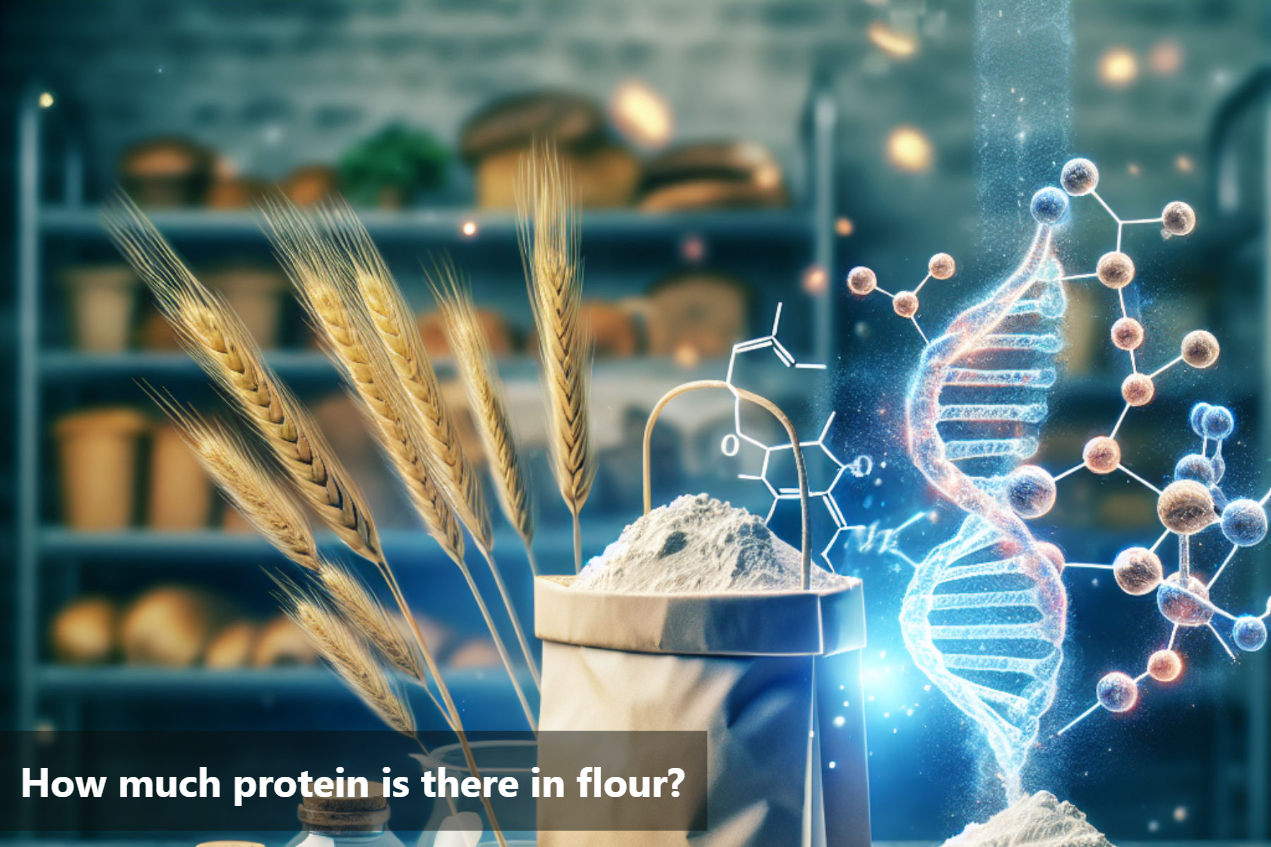
How much protein is there in flour?
Protein content plays a crucial role in the composition of flour, impacting its quality and nutritional value. When it comes to high protein flour, the emphasis shifts towards a healthier alternative that offers a significant protein content compared to conventional options. High protein flour, enriched with essential nutrients, is essential for those seeking a balanced diet.
Exploring the realm of high protein flour opens doors to innovative culinary experiences and promotes overall well-being. By selecting the right high protein flour for specific recipes, individuals can enhance the nutritional value of their meals while enjoying delicious outcomes. Incorporating high protein flour into daily cooking routines is a step towards a healthier lifestyle, offering a balance of taste and nutrition for mindful eaters.

Flour Unveiled: What is Protein in Flour?
- When referring to protein in flour, we're specifically referring to two wheat proteins: glutenin and gliadin. These proteins are crucial as they are the fundamental components of gluten.
- When combined with water or a liquid containing water, such as milk, glutenin and gliadin connect to create gluten.
- Gliadin provides dough with stretchability, allowing it to be stretched, while glutenin adds elasticity, enabling it to rebound like a rubber band.
In essence, if the proteins in flour come together to form gluten, a higher protein content in the flour equates to greater gluten-forming potential. Another perspective is that higher protein content makes the flour "stronger."
Protein Content :Flour Essentials
Flour Type |
Protein Percentage |
Characteristics |
|---|---|---|
Cake flour |
10% |
Low-protein flour, reduced gluten-forming potential, results in tender baked goods |
Bread flour |
12.7% |
High-protein flour, enhanced gluten-forming potential, results in bread with a firmer structure |
All-purpose flour |
11.7% |
Middle ground, sufficient protein for gluten development in bread dough, versatile for various recipes |
Overall, understanding the protein content in all-purpose flour allows for informed decision-making when choosing the right flour for specific recipes.
Benefits of High Protein Flour
- Enhanced Gluten Formation: The higher protein content in flour contributes to better gluten formation. This is particularly beneficial in bread making, as it provides structure and elasticity to the dough, resulting in a well-risen and chewy bread.
- Improved Texture and Volume: High-protein flour is known for producing baked goods with better texture and increased volume. This is especially noticeable in bread, where the added protein supports a strong and airy structure.
- Ideal for Yeast-Risen Products: Yeast relies on the gluten structure for proper fermentation and rising. High-protein flour is well-suited for yeast-risen products, ensuring a good rise and a desirable texture.
- Better Dough Handling: Dough made with high-protein flour tends to be more elastic and easier to handle. This is advantageous in tasks such as shaping, rolling, and forming various baked goods.
- Supports Artisan Baking: Artisan-style bread, with its characteristic chewy crust and soft interior, benefits from the strong gluten network formed by high-protein flour. It's a preferred choice for those who enjoy baking rustic and flavourful bread.
- Versatility in Baking: While high-protein flour is often associated with bread, it can also be used in a variety of baked goods. It adds structure to pizza dough, bagels, and certain pastries, enhancing their texture and flavour.
- Nutrient-Rich Profile: High-protein flour contributes additional protein to the diet, which is essential for various bodily functions, including muscle repair and maintenance. It adds a nutritional boost to baked goods.
- Durable for Rich Ingredients: High-protein flour can withstand the inclusion of rich ingredients like butter, eggs, and sugar, providing a stable base for recipes that require additional fats and sweeteners.
- Reduced Crumbling: The strong gluten structure in high-protein flour minimises crumbling in baked goods. This is particularly valuable in recipes where a cohesive and sturdy texture is desired.
- Consistent Results in Bread Machines: High-protein flour is often recommended for use in bread machines as it ensures reliable results, producing well-textured and risen loaves.

Protein Prowess: Evaluating the Protein Levels in Common Flours
High protein flour provides a substantial amount of protein compared to regular flour, making it an excellent choice for individuals looking to increase their protein intake. This can be particularly beneficial for those following a vegetarian or vegan diet as it helps meet their protein requirements.
Moreover, incorporating high protein flour into everyday cooking is simple and versatile. It can be used in a variety of recipes such as bread, pizza dough, muffins, and pancakes, adding a nutritional boost to your favourite dishes without compromising on taste or texture.
To make the most out of high protein flour, consider swapping it for regular flour in recipes that call for flour as a primary ingredient. Experiment with different types of high protein flour like bread flour, whole wheat flour, or chickpea flour to discover new flavours and textures while reaping the nutritional benefits they offer. Start incorporating high protein flour into your cooking repertoire today for a healthier and more balanced diet.
FAQs
How much protein is there in flour?
The protein content in flour can vary depending on the type of flour. On average, all-purpose flour contains around 10-12% protein.
Is there a difference in protein content among different types of flour?
Yes, there is a difference in protein content among different types of flour. Bread flour typically has a higher protein content (around 12-14%) compared to cake flour, which has a lower protein content (around 8-10%).
Why is protein content important in flour?
Protein content in flour affects the structure and texture of baked goods. Higher protein content leads to stronger gluten formation, resulting in a chewier and more elastic dough suitable for bread making.
How can I increase the protein content in baked goods made with flour?
You can increase the protein content in baked goods by adding ingredients rich in protein, such as nuts, seeds, or protein powders, to the recipe. Alternatively, using flour with higher protein content, like bread flour, can also help boost the protein levels.
Are there any health benefits associated with consuming flour with higher protein content?
Foods made with flour higher in protein can be more satiating and may help in weight management. Additionally, protein is essential for building and repairing tissues in the body, making flour with higher protein content beneficial for overall nutrition.
This Blog post is an initiative by Lo! Foods, to provide accurate and Nutritionist / Doctor approved information related to Health. Lo! Foods is India's leading brand for Everyday Functional Foods. Foods designed for specific Health conditions or Needs. Lo! Foods also runs India's largest range of Low Carb Healthy Cloud Kitchens, under the brand names of Lo!, ProteinChef, ATH (All Things Healthy) and DiabeSmart.



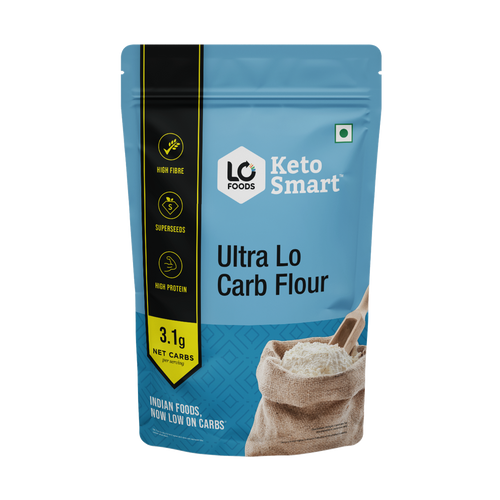
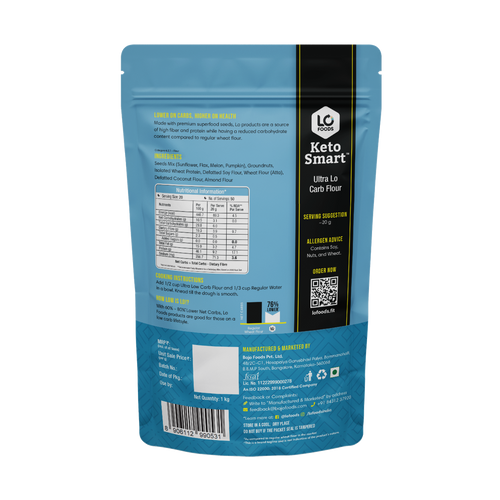

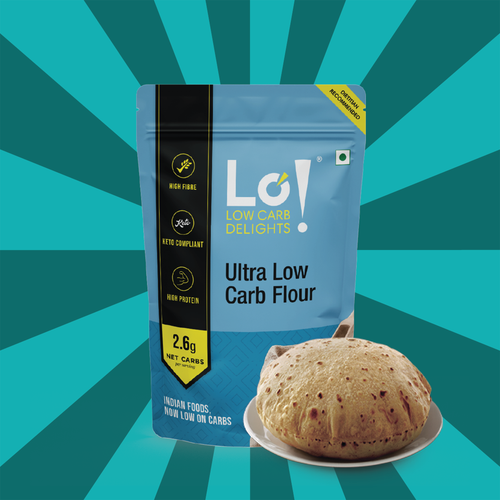


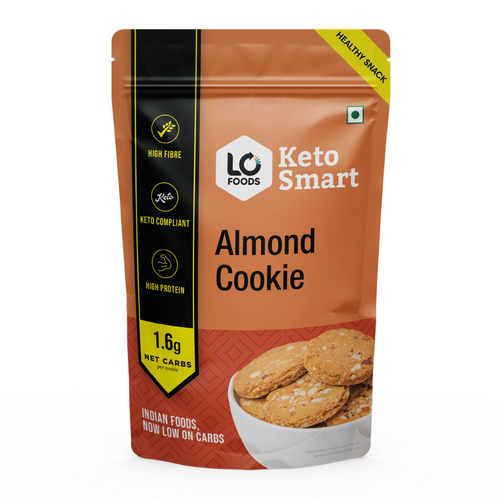





Leave a comment
Your email address will not be published.